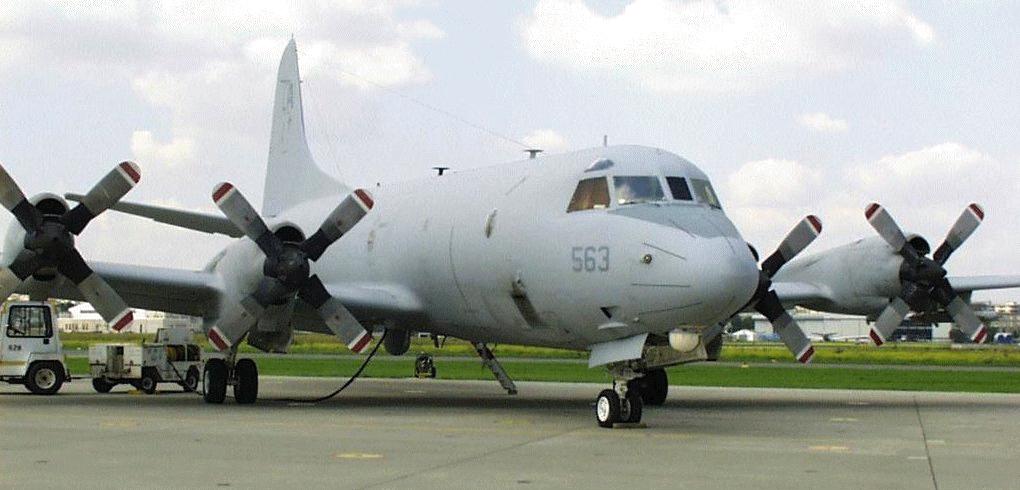الخبر كاملا لمن اراد المزيد
TAIPEI, Taiwan — With the lifting of the US arms embargo to Vietnam, a US defense industry source indicates Hanoi is seeking to improve its air defense and maritime security capabilities with the procurement of F-16 fighter aircraft from the US Pentagon’s excess defense articles (EDA) program and refurbished P-3C Orion maritime patrol aircraft, armed with torpedoes.
The source also said Vietnam could seek US-made UAVs for maritime intelligence, surveillance and reconnaissance (ISR) missions.
Torpedoes were banned under the embargo, but now the Vietnamese want the same P-3 program the US sold to Taiwan, the source said. On the F-16 EDA, they want the same deal the Obama administration gave Indonesia.
Defense News has also acquired an unclassified defense industry briefing prepared by the US Pacific Command. According to the report, “Socialist Republic of Vietnam — Country Security Cooperation Plan,” the US Embassy in Hanoi “possesses a robust security cooperating program operating in accordance with US policy goals and interests to promote integration and access focused on key areas within the Vietnamese security architecture.”
Defense News has acquired an unclassified defense industry briefing prepared by the US Pacific Command. According to the report, the US Embassy in Hanoi “possesses a robust security cooperating program operating in accordance with US policy goals and interests to promote integration and access focused on key areas within the Vietnamese security architecture.”
Photo Credit: US Pacific Command
These include achieving air and maritime domain awareness, providing maritime security against traditional and nontraditional security threats, delivering all-hazards response and support to civil authorities, participating in regional contingency response and international peacekeeping operations, and addressing the impact of Vietnam War legacy issues on civil society.
“The SCO [Security Cooperation Organization] is manned and capable of providing in-country support and coordination for programs to expand US defense article procurement ... and assist Vietnam in developing and sustaining professional armed forces,” the report said.
According to the report, Vietnam’s strategic outlook involves the survival of the Communist Party by maintaining sovereignty and independence, achieving freedom of maneuver, and ensuring sovereignty over its exclusive economic zone (EEZ) and unfettered access to natural resources and the global economic market.
China has been testing Vietnam’s EEZ claims with incursions by maritime patrol vessels, aggressive commercial fishing vessels and the stationing of an oil drilling test platform in 2014, dubbed the Haiyang Shiyou 981 standoff.
Vietnam’s goals, according to the report, are to enhance its presence in the South China Sea with upgrades for submarine warfare, maritime air-ground interdiction, anti-surface warfare (ASUW), anti-submarine warfare (ASW), maritime domain awareness (MDA), early warning, and command, control, communications, computers, intelligence, surveillance and reconnaissance (C4ISR).
In the past, Vietnam has procured defense articles from sources within the former Soviet Union and former East Bloc nations, but it has “begun reaching out to the European Union, Israel, and others.”
On radar issues, the Vietnamese are procuring a high-frequency surface wave radar from the US for $30 million, according to the report. This is part of their overall effort to improve early warning and ISR.
The report breaks down each service requirement.
For the Army, it must transition from a territorial defense structure, retain a central role as defender of national sovereignty and improve capacity to respond to natural disasters.
The Air Force must improve early warning and airborne ISR, enhance maritime interdiction, develop anti-access/area-denial capabilities, and revamp pilot training.
The Navy must improve MDA, electronic countermeasures/electronic counter-countermeasures, electronic intelligence, expand maritime law enforcement capabilities, develop a naval aviation arm, and enhance ASW and ASUW.
The US Embassy’s primary cooperation vision is to promote the United States as a “reliable partner to address complex, forward looking security issues.” It also hopes to establish military relationships outside the traditional theater support command that include defense sales, cross-servicing, voyage repairs, and science and technology cooperation.
The report said that priorities include the “establishment” of sustainable lines of effort (LOE) and “synchronize” operations, actions and activities (OAA); instill a programmatic, regularized approach to security cooperation; and focus on nontraditional security approaches and humanitarian activities.
According to Carl Thayer, emeritus professor at the Australian Defence Force Academy, big-ticket sales may be a long way off: “Vietnam does not have the defense budget for that. It is fully committed to integrating six advanced Kilo-class submarines into its fleet,” and all maintenance, repair and logistics network and workforce are geared to work with Soviet/Russian technology.
Another hurdle for Vietnam is that Hanoi will continue to face the same restrictions that all other countries face when trying to procure US arms, Thayer said, including human rights issues and the authoritarian nature of the government in power.




